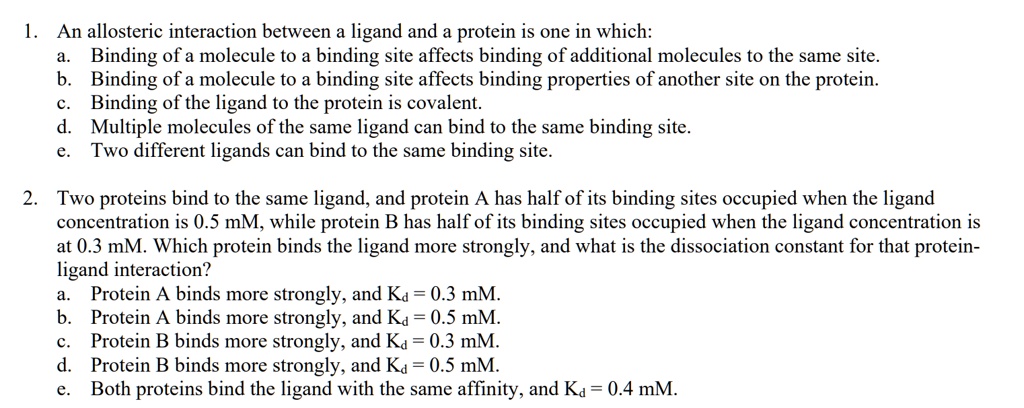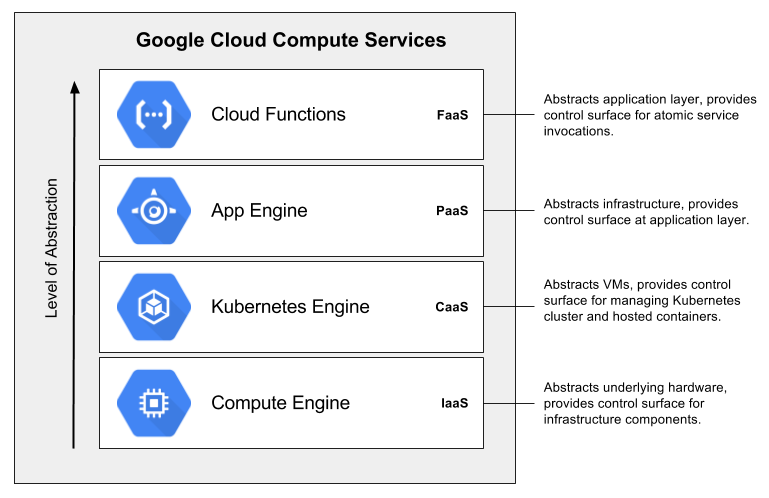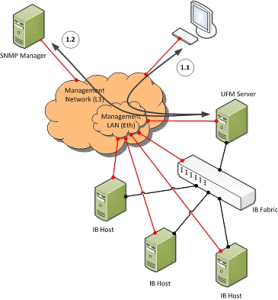
Clients include devices that connect to servers and request data, software or services. Desktops, Laptops, Mobile Phones, and Tablet Computers are all examples of clients. Servers can be classified as specialized computer systems which store and process data. This includes files, databases, programs, etc. They are commonly used in mail servers, web servers, and file servers.
Client-server communications are governed by a set rules that clients and servers agree to adhere to when communicating. These rules can be referred to as network protocols.
A protocol defines the structure and format of messages that are sent from one machine to another over a network, such as the internet. These rules apply to email, video conferencing, and voice over internet protocol (VoIP) applications, as well as a variety of other types of communications.
Client-server communication allows web servers, mail servers and file servers to share information via the Internet. These servers provide users with information by offering services such as email, websites, and video conferences.

HTTP Push or Pull is the preferred style of server communication. The latter style, which is preferred in real-time applications such as stock market apps and chat apps, sends updates automatically to clients without them requesting them.
The older style of communication is less resource-intensive and more suitable for static contents. It sends a message to the server before waiting until it replies. This is done by daemons that run in the background.
HTTP is the standard method of client-server communications, but others are also available. HTTP Push and Pull and Long Polling are just a few of the methods available.
Web client development
The server receives a request for a page on the website, which may contain HTML or other files. It decides what information to include in response based upon the content, like text, style information, buttons that allow users to interact, images or assets to display, and so on.
It will then send the response to a web browser for the user. It may also include links to pages that users can visit. For example, pages that might be relevant to a page that is being viewed.

Client-server communication comes in many forms, all with their advantages and disadvantages. HTTP Push, Pull, Long Polling and more.
HTTP handles each incoming HTTP request with a server thread/process that returns immediately to "listening". After the first request, another one is sent. This pattern is repeated until a request/response cycle ends.
This is the most efficient and effective way for a web server to deal with a large amount of requests. This style may not be ideal for real-time software, which requires users to have the most recent updates available as soon as it is made.
Understanding the differences is essential before creating your own website application. The style that you choose will influence how interactive the web application will be and how much bandwidth will it use.
FAQ
How To Make A Static Web Site
There are two options for creating your first website:
-
Content Management System (a.k.a. WordPress is available as a download. Then you can use it to create an essential website.
-
Creating a Static HTML Website: In this case, you'll need to write your HTML/CSS code. If you already know HTML, it is simple to do.
If you plan to build a large website, you may want to consider hiring an expert to create your static website.
However, it is a good idea to start with option 2.
Are I more likely to be hired for a job as a Web Developer if my portfolio is good?
Yes. If you want to land a job as web designer or developer, your portfolio is essential. The portfolio must show examples of your skills and experience.
Portfolios usually include samples of past projects. These samples can show off your ability to do any task. Include everything: mockups; wireframes; logos; brochures; websites and apps.
Are there any technical skills required to design and build my site?
No. You just need to be familiar with HTML and CSS. You can find tutorials online for HTML and CSS.
What Types of Websites Should I Create?
Your goals will determine the answer to this question. It may be best to sell online your products to build a company around your website. This will require you to set up a strong eCommerce site.
Blogs, portfolios, forums, and other types of websites are also popular. Each type of website requires different skills. For instance, if you want to set up a blog, you will need to learn about blogging platforms such as WordPress or Blogger.
Once you have chosen a platform, it is also important to determine how you can customize the appearance of your site. There are lots of free themes and templates available for each platform.
Once you've selected a platform to build your website, you can start adding content. You can add images, videos, text, links, and other media to your pages.
You can publish your website online once you have launched it. Visitors can access your website in their browsers once it is published.
How do I choose a domain name?
It is crucial to choose a great domain name. Without a great domain name, people will not know where to find you when they search for your product.
Your domain name should be concise, memorable, unique, relevant, and easy to remember. You want it to be something people will type into their browser.
Here are some ways to choose a domain name.
* Use keywords that relate to your niche.
* Do not use (-), symbols or hyphens.
* Don't use.net or.org domains.
* Avoid using words that are already taken.
* Avoid generic terms like domain or website.
* Check it's always available.
Is web development hard?
Web Development can be challenging, but there are many resources online to help you learn.
Just find the right tools, and then go through each step.
Many tutorials are available on YouTube and other platforms. You can also use free online software such as Notepad++, Sublime Text, etc.
Books can also be found in libraries and bookstores. Here are some of the most popular:
O'Reilly Media's "HeadFirst HTML & CSS"
"Head First PHP & MySQL 5th Edition" by O'Reilly Media
"PHP Programming for Absolute Beginners" by Packt Publishing
I hope this article helps you!
What is a static website?
A static website can be hosted anywhere including Amazon S3, Google Cloud Storage (Google Cloud Storage), Windows Azure Blob storage and Rackspace Cloud files. You can also deploy static sites to any platform that uses PHP, such WordPress, Drupal Joomla! Magento PrestaShop.
Static web pages can be easier to maintain as they don’t need to send requests back and forward between servers. A static web page loads faster as there is no need to forward requests back and forth among servers. Smaller companies with limited resources and the time required to manage websites properly will find static web pages more beneficial.
Statistics
- Did you know videos can boost organic search traffic to your website by 157%? (wix.com)
- At this point, it's important to note that just because a web trend is current, it doesn't mean it's necessarily right for you.48% of people cite design as the most important factor of a website, (websitebuilderexpert.com)
- The average website user will read about 20% of the text on any given page, so it's crucial to entice them with an appropriate vibe. (websitebuilderexpert.com)
- In fact, according to Color Matters, a signature color can boost brand recognition by 80%. There's a lot of psychology behind people's perception of color, so it's important to understand how it's used with your industry. (websitebuilderexpert.com)
- It enables you to sell your music directly on your website and keep 100% of the profits. (wix.com)
External Links
How To
How can you tell which CMS is better?
In general, there are two types of Content Management System (CMS) Web Designers use Static HTML and Dynamic CMS. WordPress is the most widely used CMS. Joomla! is an excellent CMS for making your site professional and well-organized. The powerful, open-source CMS Joomla allows you to build any website design with no coding skills. It's very easy to use and configure. Joomla comes with thousands upon thousands of templates and extensions, so you don’t need to hire an expert to set up your site. Joomla is also free to download and install. There are many benefits of choosing Joomla for your project.
Joomla is a powerful tool that allows you to manage every aspect of your website easily. It features a drag & dropped editor, multiple template support as well as image manager, blog management, blog management, news feed and eCommerce. Joomla's many features make it a great option for anyone who doesn't want to spend hours learning code.
The great thing about Joomla is that it supports almost all devices, including mobile phones, tablets, desktop computers, laptops, etc. It is easy to build websites for different platforms.
There are many reasons that Joomla is preferable to WordPress. There are many reasons why Joomla is preferred over WordPress.
-
Joomla is Open Source Software
-
It's easy to set up and configure
-
There are thousands of ready-made templates and extensions
-
You can download and use the software free of charge
-
All Devices Supported
-
Powerful Features
-
Excellent Support Community
-
Very secure
-
Flexible
-
Highly customizable
-
Multi-Lingual
-
SEO Friendly
-
Responsive
-
Social Media Integration
-
Mobile Optimized